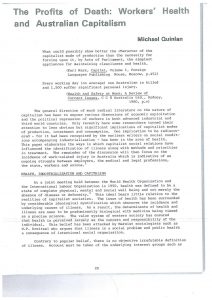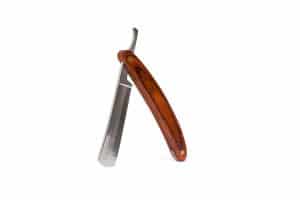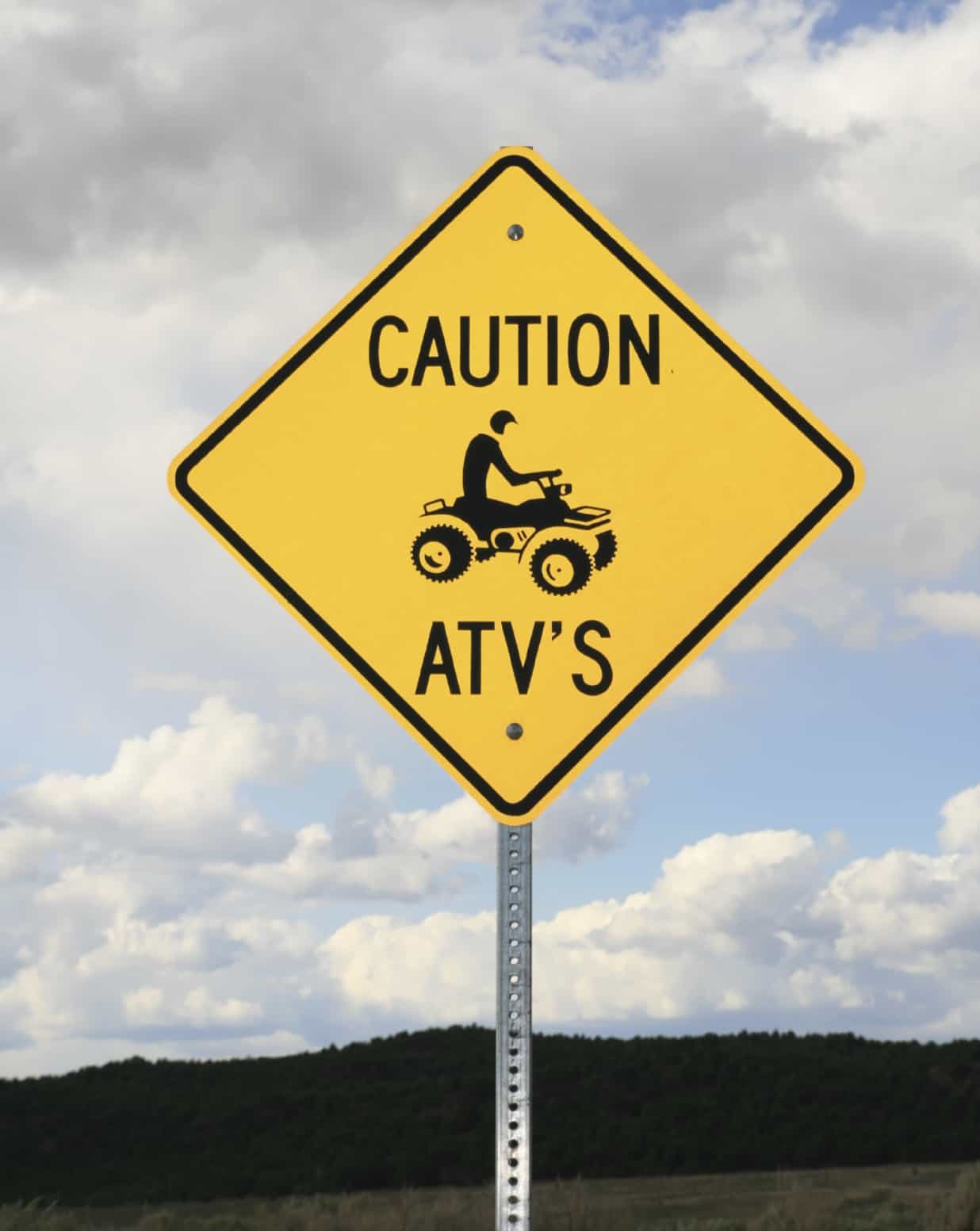
The public submission process for Australia’s Independent Review of Work Health and Safety Laws closes today. So finish up your draft and tell the Government what is working and what is not. BUT if you cannot finish the draft, do what I did, and contribute directly to the Review using its online (Engage) portal which will remain open until the end of May 2018.
Safe Work Australia has told SafetyAtWorkBlog that the Review continues to seek:


 Following
Following 

 The Victorian Government’s rebate scheme is administered through WorkSafe who provides a
The Victorian Government’s rebate scheme is administered through WorkSafe who provides a 